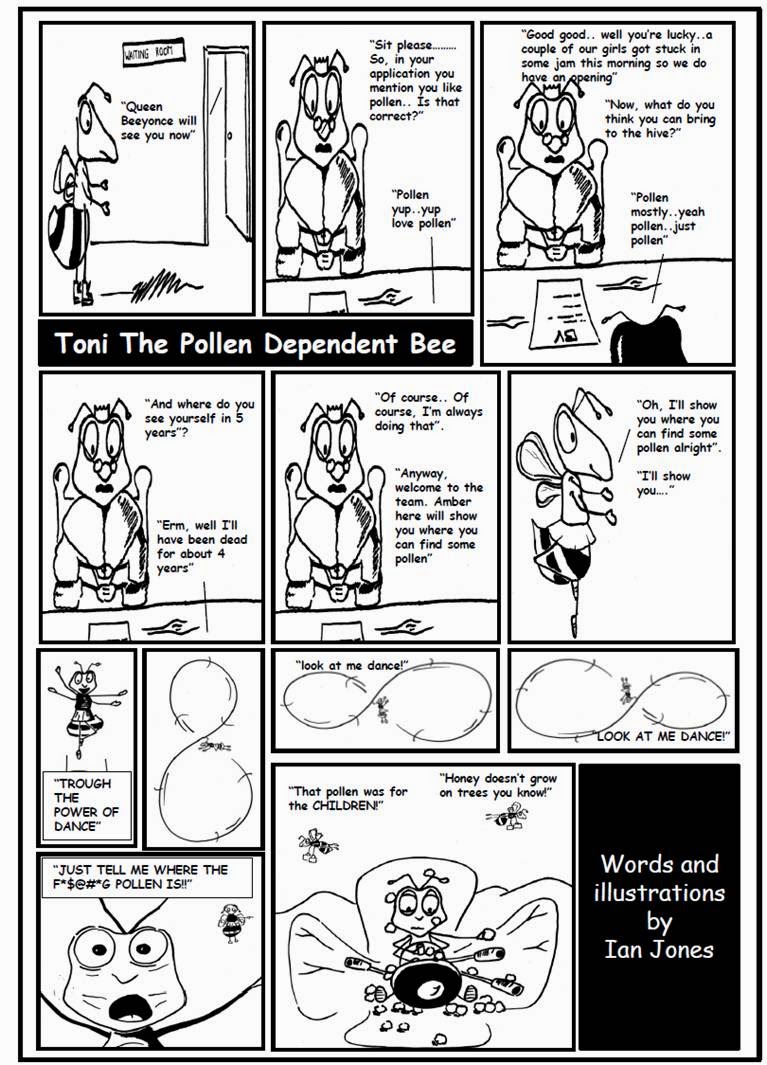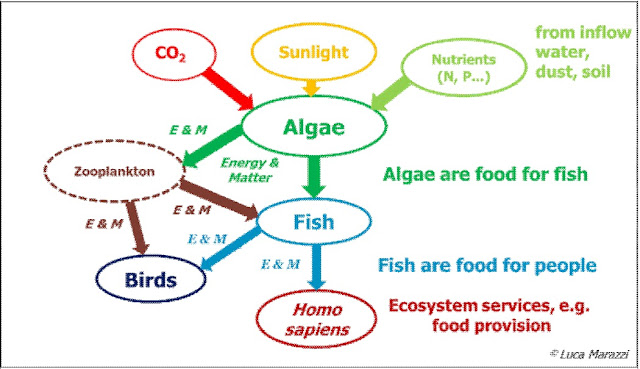Toni the Pollen-dependent Bee
__________________________________________________________________________
Toni the bee….. with a crippling pollen dependency
In the summer of 2013 I took over as the head TA for the
QBIC program at FIU. The program runs alongside the general Biology program but
maintains small class sizes, and delivers an integrated curriculum which
encourages student to think critically about biological concepts. On the first
day of our summer semester I surveyed the new freshman cohort to find out where
their scientific interest lay. Unsurprisingly, nearly 100% of the students
planned to pursue a medical career, and many already had specializations in
mind. It’s very easy to question this level of career certainty in people so
young, but it’s also impossible not to be impressed by their drive and
ambition. I’m not one to bemoan the dominance of the medical sciences, but it
is clear that efforts to generate interest in ecology among young people can be
boosted. With that in mind, a personal goal within the QBIC program is to
develop creative teaching tools that might make students more receptive to
ecological topics.
Last summer, thanks to funding from the FCE student group, I
was able to attend my first national conference, Botany 2013 in New Orleans. The
event was an overwhelmingly positive experience, and I took the opportunity to
interact with as many people as I could. One conversation in particular, with a
pollination biologist from California, sparked an idea that stuck in my mind. We
talked about his experience witnessing “drunk bees”, that would sit for long
periods in his flowers, seemingly wasted, and covered in pollen. A bee version
of Tony Montana (you might remember the scene from Scarface) emerged in my
imagination, and I decided to start work on a series of cartoons, that combine botanical,
entomological, and ecological concepts with elements of popular culture. The
cartoons can be used as discussion pieces in the classroom, and are simplistic
enough that students might continue the stories themselves, or relate them to
other biological systems.
As it turns out, bees have long been known to become
intoxicated on a number of chemicals that exist in their environment, from
ethanol in fermented nectar, to man-made pesticides and fertilizers. Ethanol
consumption is known to impair social communication in honeybees, Apis mellifera, which have even been
used as an animal model for the study of alcoholism (Bozic et al. 2006). Beyond
drunken bees, the cartoon below, ‘Toni the Pollen Dependent Bee’, touches on
several elements of honeybee ecology, such as the caste system, and the waggle
dance. Discussion questions might also emerge from what isn’t in the stories. Why
are there no male characters, and what would one be like’? How can we tell what
kind of bees these are? It’s all a bit silly, but it might get one or two heads
off desks.



Comments
Post a Comment